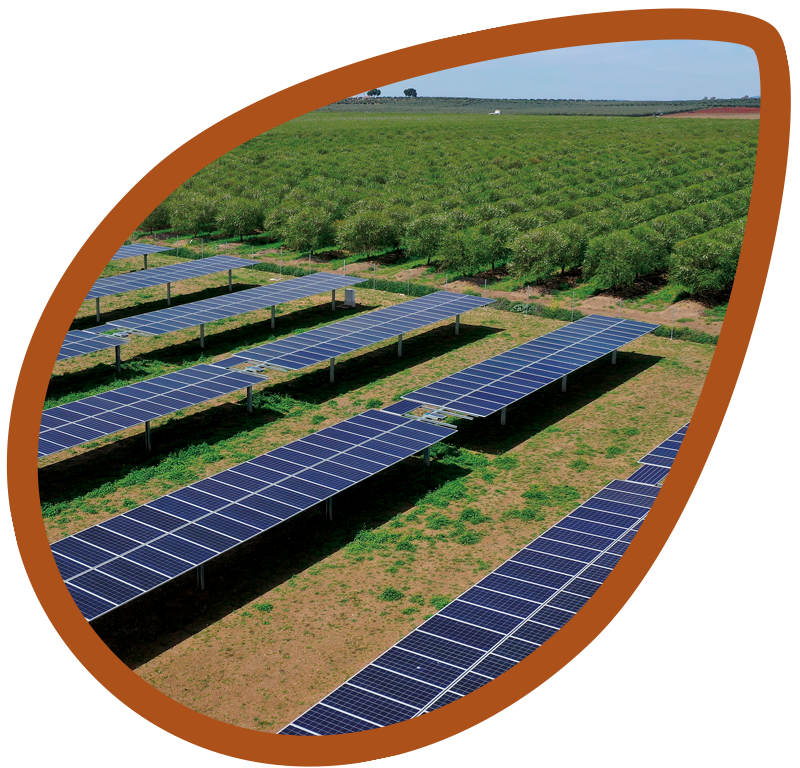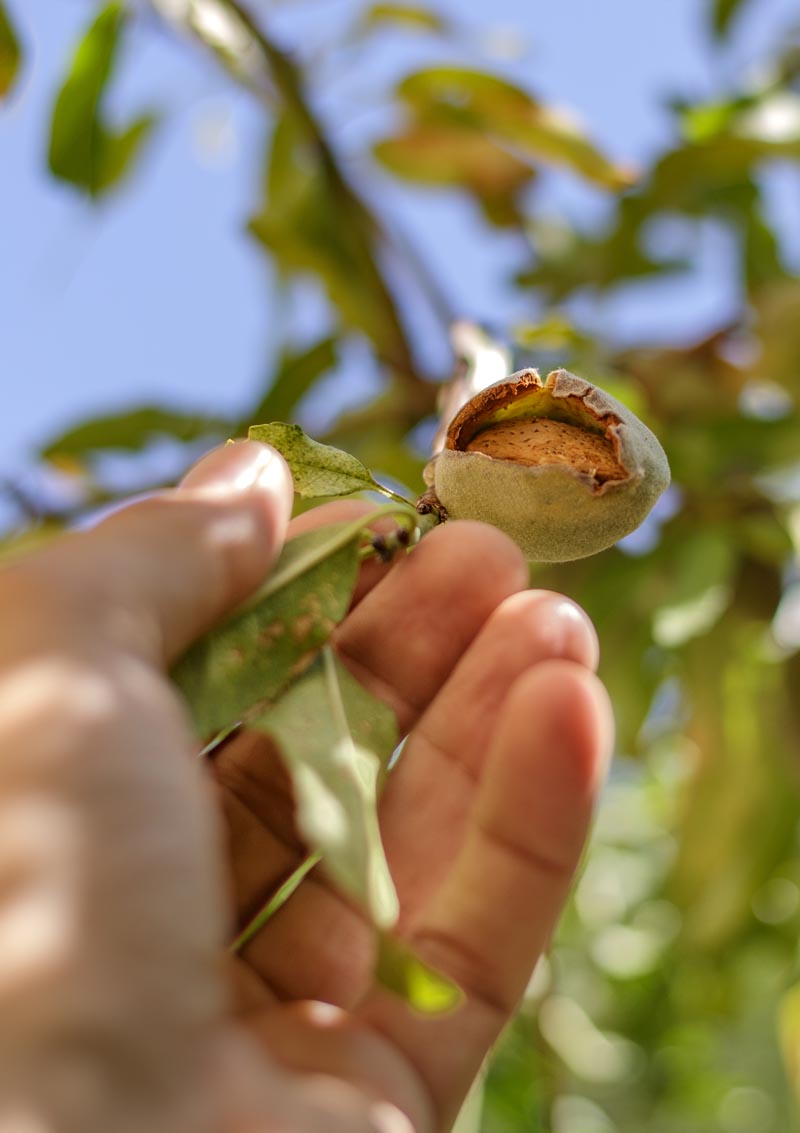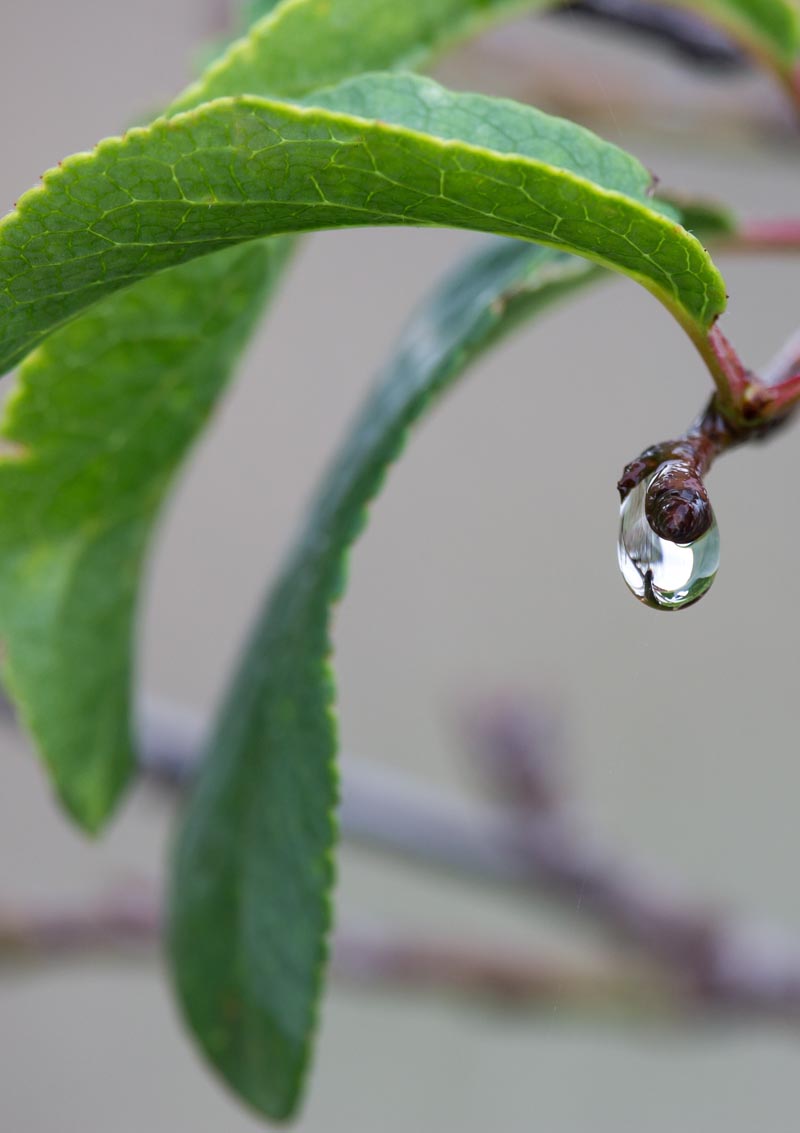The Iberian Almond, low-impact agriculture
- It sequesters more carbon.
- It uses less water.
- It respects biodiversity and is bee-friendly.
- It doesn’t use any plant protection products.
- It forms a barrier against erosion and is a natural fire break.

The Iberian almond is a perfect example of low-impact and sustainable agriculture in an area which is particularly vulnerable to climate change.

Carbon
A study published by the Aragón Government in 2013 calculated that each hectare of irrigated almond trees captures 22.24 tonnes of CO2 a year.
When extrapolated to the whole Peninsula, this means that Iberian almond groves would sequester around 16,900,000 tonnes of CO2, more than the amount emitted by the entire city of Barcelona.
And that’s without taking into account the fact that many of the farms now have renewable energy generation programmes.

Water management
The sector is firmly committed to responsible and efficient use of a resource which, in an area with water stress as significant as that suffered by the Mediterranean Basin, is particularly valuable.
85% of the almond trees grown in the two countries are rainfed.
Moreover, irrigated farms are committing to technology as a means of limiting water consumption, implementing on-demand irrigation schemes that are remotely controlled by computer for each tree.


Biodiversity
Another point in favour of the sustainability of the European almond is its genetic richness. More than 100 varieties are grown in Spain alone, some of which are a thousand years old.
What’s more, in Mediterranean countries these varieties are generally hard-shelled, which makes them more resistant to parasitic pests and the effects of insecticides, as well as other external agents during industrial storage and treatment processes. This means that there is less of a need to apply plant protection products.

Erosion and fire
Finally, almond groves form an effective barrier against erosion in land which is highly susceptible to it, particularly in sloping areas.
By being planted on terraces, they improve the soil structure, allow the retention of water and contribute to the creation of microbial life.

